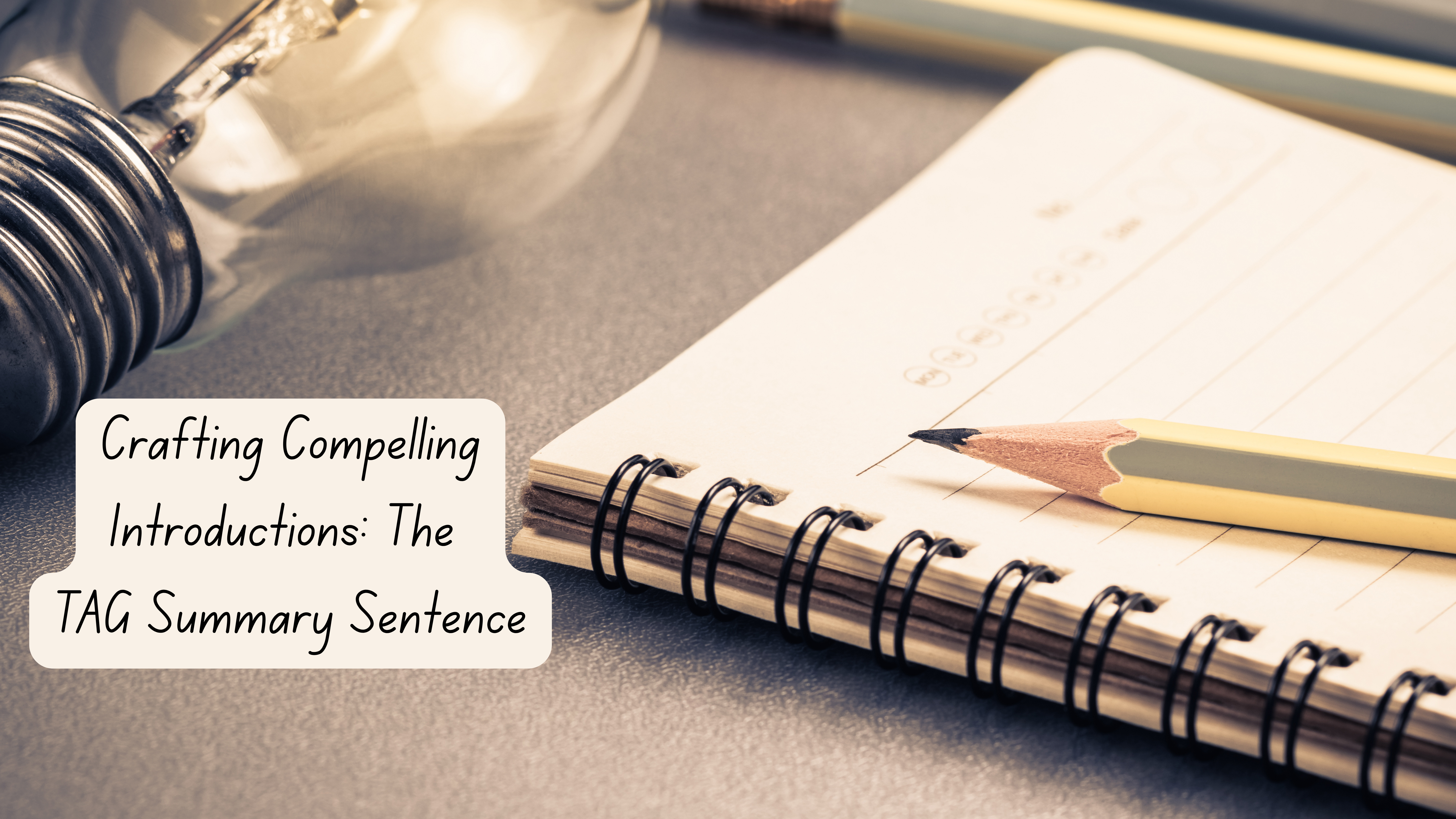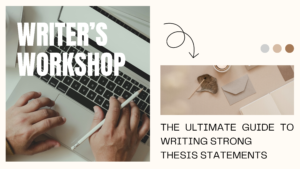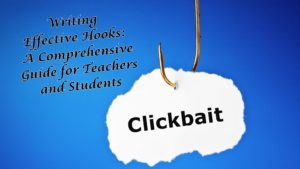Introduction:
Have you ever wondered how to keep your readers hooked from the very beginning? Last week, we learned how to grab the audience’s attention with our blog “Writing Effective Hooks: A Comprehensive Guide for Teachers and Students.” But what’s the next step? How can you maintain that attention and lead your readers to the heart of your writing? Today, we have the answer—a powerful technique known as the TAG Summary sentence. TAG writing is an invaluable tool when crafting introductions that grab your reader’s attention and set the stage for your academic papers, reports, or essays. TAG stands for Title, Author, and Genre, and it’s not just a memory aid for writers; it’s a potent technique for constructing a compelling thesis or paragraph statement. In this guide, we’ll break down the art of writing effective TAG/bridge sentences in introductions, providing you with the skills you need to excel in your academic writing. Let’s explore how understanding and applying TAG writing can elevate your writing game.
Understanding TAG Writing: A Fundamental Skill
TAG writing is an essential skill for students of all levels. It helps you remember essential information about a text and enhances your ability to analyze the texts you encounter critically. Whether dealing with fiction or nonfiction books, articles, or even websites, TAG writing is your trusty companion in academia.
Deconstructing TAG: Title, Author, and Genre
Before we dive into the nitty-gritty of crafting effective TAG sentences, let’s break down each component:
- Title: The title of a text is your initial point of contact. It provides vital clues about the content and purpose of the text. For instance, titles like “A Tale of Two Cities” and “The Historical Landscape of Revolutionary France” may have similar topics but convey different focuses and perspectives. Knowing the title before you start reading gives you a head start in understanding the topic and the author’s intentions. Additionally, citing the title in your reports or essays is crucial for avoiding plagiarism and providing accurate source information to your readers.
- Author: The author’s name is your gateway to understanding the source’s credibility and perspective. Considering the author’s background, biases, and experiences is paramount in critical thinking and analysis. It helps you grasp the author’s intent and assess the reliability of the information presented. This practice applies to general reading and academic writing, where citing the author’s qualifications and potential biases can significantly enhance your arguments.
- Genre: Identifying the genre of a text is akin to deciphering its DNA. It reveals what type of text you’re dealing with and how to approach it effectively. Different genres require distinct reading strategies. For instance, approaching a mystery novel differs significantly from tackling a historical fiction work. Knowing the genre ensures that you employ the appropriate method and get the most out of your reading experience. In academic writing, recognizing the genre of your sources is equally vital, as it ensures you use them correctly and accurately to bolster your arguments.
Crafting Effective TAG Sentences: A Practical Guide
Now that you have a solid grasp of TAG components let’s explore how to integrate them seamlessly into your introductions:
- Title Integration: Begin your introduction by mentioning the text’s title and briefly discussing its relevance to your topic. This instantly engages your readers and provides context for your analysis.
- Author Introduction: Follow up by introducing the author and their credentials. Highlight any pertinent information about the author that is relevant to your analysis. This establishes the author’s authority and informs your readers about the perspective you’re considering.
- Genre Identification: Conclude your TAG sentence by identifying the genre of the text. Explain why understanding the genre is essential for your analysis or argument. This sets the stage for your readers, informing them of the approach you’ll be taking.
A Simple TAG Summary Sentence Example:
In the iconic novel ‘Harry Potter and the Sorcerer’s Stone’ by renowned author J.K. Rowling, readers are immersed in the fantastical realm of wizardry and magic about a young protagonist named Harry Potter.
In The Case Of Confusion:
- Some use the term ‘TAG’ to signify how they present direct quotations in their writing. The TAG Summary sentence is used in introductions to give the audience context before reading the thesis/claim.
- Some use the term ‘bridge’ sentence when discussing the sentence(s) that transition an old paragraph or idea to a new one.
Conclusion:
Mastering TAG writing is a powerful skill that enhances your ability to craft compelling introductions for academic papers, reports, and essays. By seamlessly incorporating the Title, Author, and Genre into your introductions, you engage your readers and establish your credibility as a writer. With these skills in your toolkit, you can tackle any writing task with confidence and finesse. Elevate your introductions, and watch your academic writing soar. Happy writing!
Support
If you enjoyed this or found anything useful, please join our Facebook Group, watch our content on our YouTube Channel, peruse classroom resources at our TeachersPayTeachers Store, or rep’ some merchandise from our Redbubble Store.


